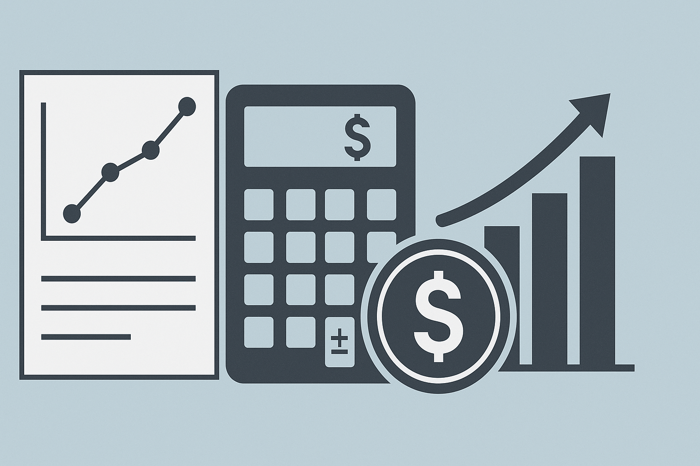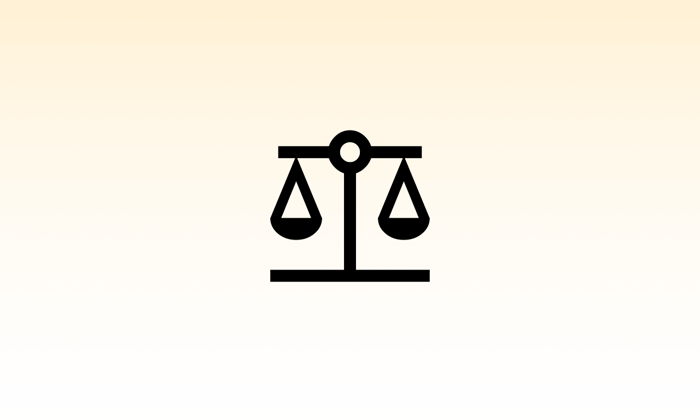Gross margin shows if projects fuel growth or quietly drain cash. Every agency owner knows the thrill of closing a deal. But once the work begins, hidden expenses can quickly eat into profits if you’re not careful. Knowing how to calculate gross margin for dev agency projects is essential to running a healthy, profitable business. Let's break down exactly how to measure your margins clearly and easily.
What is Gross Margin, in Simple Terms?
Before we dive in, let’s simplify: gross margin equals your revenue minus direct project costs. This basic calculation helps you quickly see how profitable each project truly is.
For dev agencies, direct costs are expenses directly tied to delivering your projects—things like developers' salaries, contractor fees, and software licenses. Your gross margin indicates how efficiently your agency turns work into profit. It reveals if a project supports growth or quietly drains your cash reserves.
Healthy gross margins aren't just good for business—they fuel hiring talented people, investing in innovation, and building resilience. If a project unexpectedly runs late, your margin ensures the agency stays stable. Understanding how to calculate gross margin for dev agency projects puts you in control, allowing strategic planning rather than reacting in panic.
List Your Direct Costs First
To accurately calculate gross margin for dev agency projects, start by clearly listing your direct costs. Think about expenses tied directly to delivering client projects—developers’ salaries or hourly freelancer payments, software subscriptions specifically needed for the job, or cloud hosting fees associated with that particular client.
Be careful, though—don't include overhead here. Overhead expenses like rent, sales costs, office coffee, and general administrative salaries aren’t direct costs. Including them would muddy your numbers and make project profitability unclear. Keep overhead separate, clearly categorizing it as operating expenses to maintain accuracy in your margin calculation.
Why separate overhead and direct costs? Because accurate margins help you identify which projects are truly profitable. Clear separation lets you quickly spot trouble areas before they become financial drains.
Crunch the Numbers Step-by-Step
Now you’re ready to crunch the numbers and calculate gross margin for dev agency projects. Follow this simple formula:
Gross Margin (%) = [(Revenue - Direct Costs) / Revenue] × 100
Let's say your agency completes a project generating $50,000. You pay $20,000 in developer salaries, $5,000 to freelancers, and $2,000 on necessary software. Your total direct costs are $27,000. Subtract this from your $50,000 revenue, leaving $23,000. Now divide $23,000 by your original revenue ($50,000). You get 0.46, or a gross margin of 46%.
Spreadsheets are your friend here. You don't need complicated finance software. Use simple, consistent spreadsheets or tools like SquadCentral.io's calculators. Regularly running these numbers provides clarity and ensures everyone in your team understands where you stand financially on each project.
Benchmark and Improve Your Margin
Knowing your gross margin is a great first step. But you gain even more value when you benchmark your results. Compare your current margin against agency averages, industry standards, your niche peers, and your historical data. If your margins fall below these benchmarks, you know immediately to dig deeper.
Let's say your margin has been slipping gradually over recent months. Benchmarking against past projects reveals a consistent pattern—scope creep. Projects keep growing, but your fees stay flat. Knowing this, you can confidently raise rates or improve project scoping to protect your margin.
Similarly, if benchmarking shows your margins significantly below industry norms, you might need to reassess your pricing or operational efficiency. Are you consistently undercharging? Are developers spending time on tasks outside project scopes? Adjustments here lead to immediate margin improvements.
Common Pitfalls to Avoid
As you calculate gross margin for dev agency projects, be mindful of common mistakes. One frequent error is mixing overhead expenses with direct costs. This misclassification skews results, making it harder to pinpoint projects draining your profitability.
For instance, including your monthly rent as a direct cost makes your margin seem worse than it actually is. Conversely, overlooking project-specific software fees inflates your margin artificially. Always clearly define direct and indirect costs for accurate, reliable numbers.
Another pitfall is ignoring billable utilization. Your revenue might look healthy overall, but if your team's billable hours drop, your true project profitability declines. A dev who spends half their time on non-billable tasks still generates salary costs. Track billable utilization carefully to ensure the gross margin accurately reflects your team's true profitability.
Regularly reviewing your gross margin helps avoid these pitfalls. A quick check each month uncovers these hidden issues early, protecting your agency from bigger financial problems.
Wrap Up and Move Forward with Confidence
Understanding and regularly calculating your gross margin isn't just accounting homework. It’s an essential management tool for any dev agency aiming to grow sustainably. Accurate margin calculations reveal hidden costs, improve project pricing, and keep your agency financially healthy.
Ready to simplify and automate how you calculate gross margin for dev agency projects? Sign up for SquadCentral.io today. With SquadCentral.io, easily manage your resources, track your margins, and maintain clear visibility over every allocation. Take control and drive your agency toward profitable, sustainable growth.




